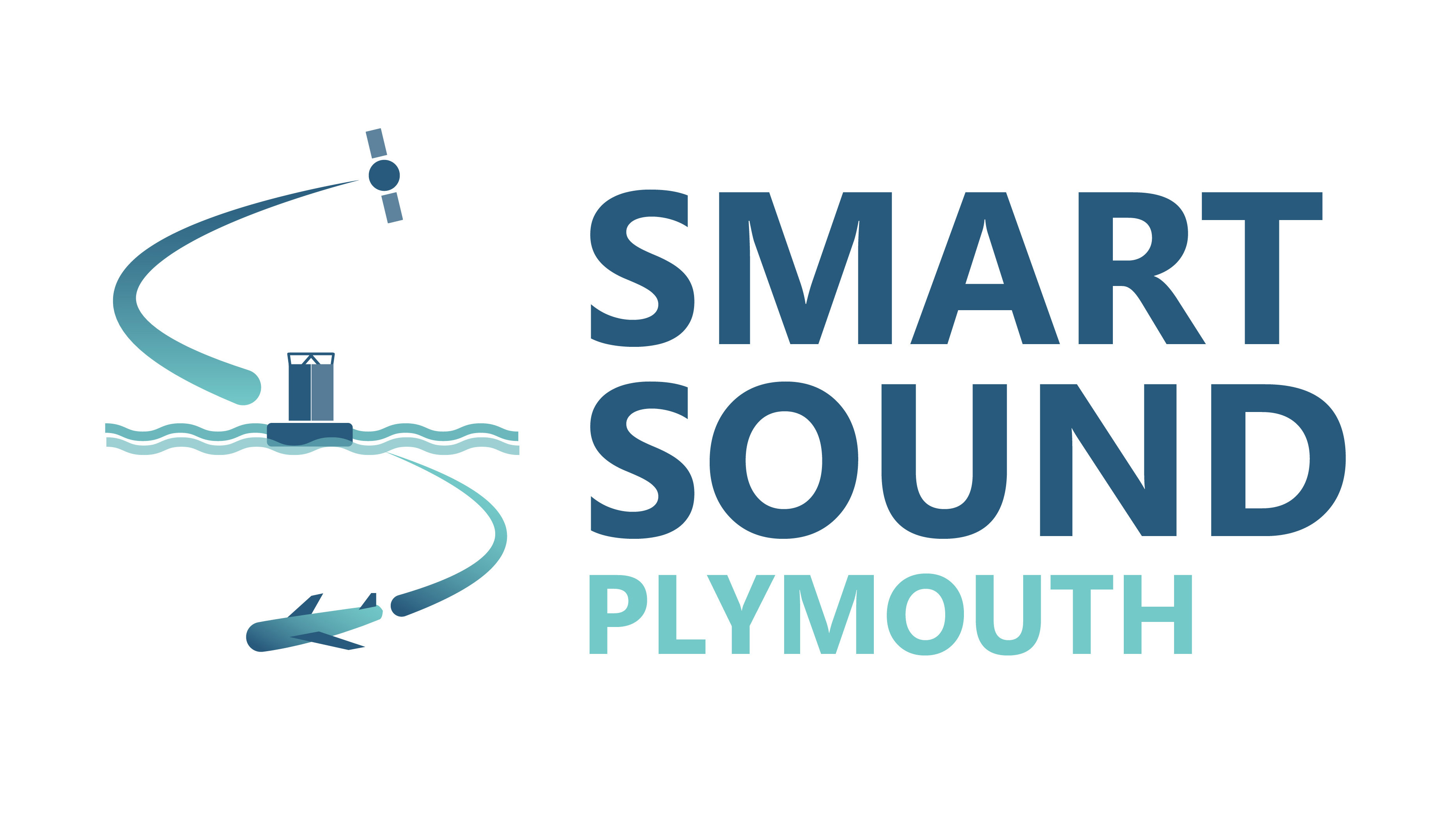Story
Meet the New Buoy
28 October 2020
It took three lorries to deliver the tower, floats and other parts of Plymouth Marine Laboratory’s new Autonomous Data Buoy; the buoy is a vastly upgraded replacement for the current L4 buoy, moored out in the Western Channel off the South Devon Coast.

The bright yellow 8.5 metre tall buoy has been built in collaboration with French company Mobilis, and Hydrosphere UK, both leaders in the field of building robust specialist floating platforms. Dr James Fishwick, Head of Smart Sound Plymouth and Head of Operations and Technology for Plymouth Marine Laboratory’s Western Channel Observatory, who has been leading on the design and development of the buoy for a number of years, is delighted with this stage of the process and is eager to put the 8.5 metre buoy together and install a wide range of new sensors and other instruments.
The new buoy will vastly enhance the ability of PML and other marine scientists to measure, observe and record a wide range of chemical and physical parameters which will greatly increase understanding of our coastal seas and how they may be changing. Included in the buoy is a “moon pool’ which allows sensitive equipment to be lowered by a winch through the centre of the buoy, avoiding rougher conditions outside.
Image: Computer generated image showing what the new buoy will look like once it has been constructed
Thanks to the addition of some very sophisticated communications equipment, including military grade IP mesh capacity, readings can be transmitted back to base in real time. The impressive array of sensors can detect water depth, temperature, salinity, sound velocity, density, chlorophyll-a, and many other aspects of seawater chemistry, while above water key physical and meteorological measurements can be taken simultaneously.
Powering this unique data buoy are eight 100W solar panels and a pair of wind turbines delivering a further 800W, backed up by 1000Ah battery bank. This represents a very larger power source for such a data buoy but that means there is 600Ah available for third parties to use when testing instruments or for technology trials. Providing this facility for others to use for free is another unique aspect of the buoy, firmly stamping PML’s intent to be an active partner in the development of Plymouth as a focus for marine technology.
Dr Fishwick hopes to have the buoy fully operational for deployment in the spring of 2021:
“The ocean is facing changes unprecedented in human history and we need detailed data to understand what is happening and how rapidly it is taking place. Our existing L4 buoy has done an excellent job, but this upgrade will take crucial observations and measurements to a whole new level. This data buoy has been an aspiration of PML for many years and now it is coming close to fruition. We still have a lot of work to do, fitting our own instruments to the platform and making it sea-ready, and we are aiming to have it in the water and working in the spring. Importantly in addition to our own requirements the buoy will provide a superb platform for colleagues in the world of marine science and industry to test and develop even more new technologies that will help us all to understand, what our future seas and climate might look like.”
Financial support for the buoy came from the European Regional Development Fund via Plymouth’s Marine Business Technology Centre (MBTC) enabling the buoy to be purpose-built, to take a prominent place among the growing fleet of vessels, platforms and other infrastructure which makes Plymouth’s Smart Sound the number one UK location for marine observations and development of marine technologies.
“The new L4 data buoy represents a fantastic development for the MBTC and our clients.” Rob Watson, MBTC Director said. “It further enhances the capability of Smart Sound Plymouth and will be a core element to Smart Sound Connect, the recently announced high speed mesh and 5G data network. Providing access to this asset free of charge via the MBTC represents a unique opportunity for advanced marine businesses to use a state of the art data buoy to develop the next generation of technology.”
Tudor Evans, Leader of Plymouth City Council said, “This announcement further cements Plymouth’s position as the UK’s centre for advanced marine innovation. As part of the world-leading Smart Sound Plymouth testing ground, this buoy is a hugely valuable asset both for scientific and technical development in the city and allows us to build on our international reputation for ocean expertise.”
Video
Dr James Fishwick and John Caskey from Hydrosphere UK Ltd explain more about the features of the new buoy in the video below:
Related information
European Regional Development Fund
Marine Business Technology Centre
@PlymouthMarine today received our new L4 buoy. Autonomous profiling capability will enhance the #westernchannelobservatory and this large state-of-the-art platform will provide trails and validation of advanced marine technologies through @SmartSoundPlym. pic.twitter.com/VG6k6C1AGa
— Dr James Fishwick (@fishwick_j) October 14, 2020



